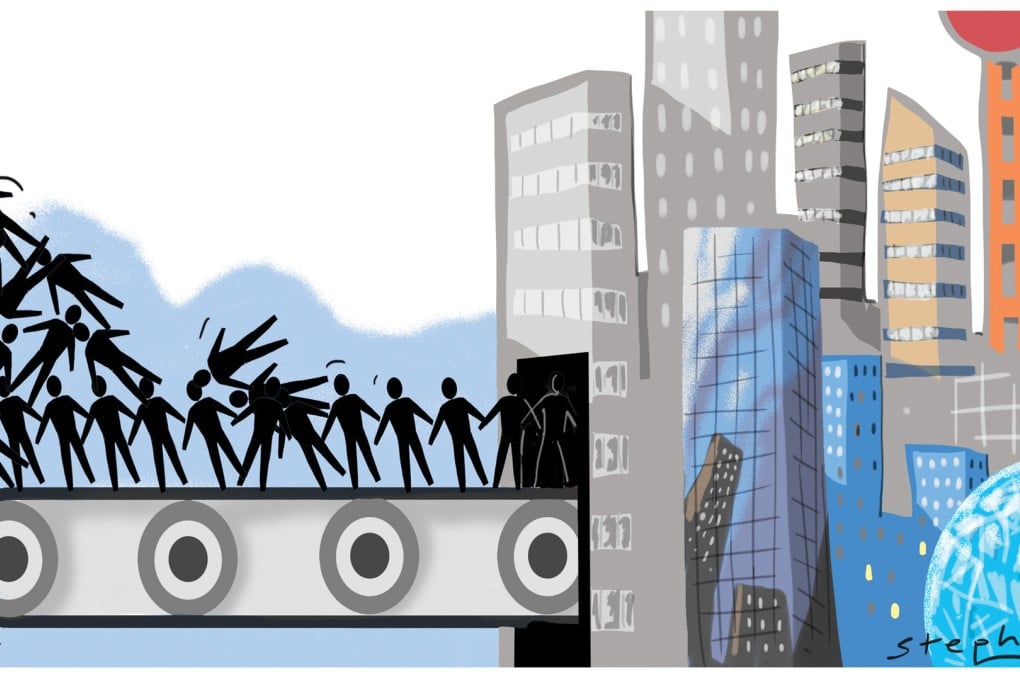Chinese megacities like Shanghai need to look beyond outdated policies that limit the population and restrict migration
Yuan Ren says for megacities like Shanghai, limits on population aren't necessarily the best way forward

Rapid population growth in megacities is increasingly a key challenge to urban management. Take Shanghai, for example. The number of permanent residents there stood at 16.4 million in 2000, and had risen to 23 million by 2010. At the end of 2014, that figure had reached 24.3 million.
From 2012 onwards, following the third plenum meeting, policies have been gradually introduced that aim to control populations in China's largest cities. The strategy aims to "systemically relax restrictions on household registration in designated towns and small cities" and "strictly limit the population of megacities".
As a result, how to identify and carry out comprehensive population management in Shanghai is now a heated topic of academic discussion and policy research. Indeed, urban governments have stressed the need to manage their populations.
The beginning of the 21st century has seen the emergence of suburban new towns expanding out to create a multi-centred metropolis
Following economic reform, and especially after the development of Pudong, increasing investment and rapid economic development have brought many job opportunities and migrants to Shanghai. Urbanisation has also pushed workers out of the countryside, and the central and western region, to eastern coastal cities such as Shanghai. Big cities remain the main target, especially for younger migrants, according to recent census data and surveys.
Migration is one phenomenon that accompanies urbanisation. Investment and industrial development improves employment prospects and provides new opportunities for entrepreneurship. These economic factors cause population growth in cities.
Meanwhile, urban space expands, leading to increased housing provision, which allows migrant numbers to grow. Population control that disregards or violates these intrinsic rules of urbanisation will not only encounter difficulties in achieving the intended effect, but will also even hinder urbanisation per se.
For Shanghai and other mega-cities, the main challenge to limiting its population is that China's urbanisation is on a fast track. The rate of urbanisation has risen from 20 per cent in the 1980s to 54.8 per cent in 2014, accelerating quickly after 2000.
But there are still 670 million people in rural China, and it is estimated that another 200-300 million will migrate to urban areas in the next two decades. Urbanisation causes structural changes to industry and migration. Megacities in coastal areas with greater industrial and economic prowess, which are more able to attract resources, have become hubs swarming with people.